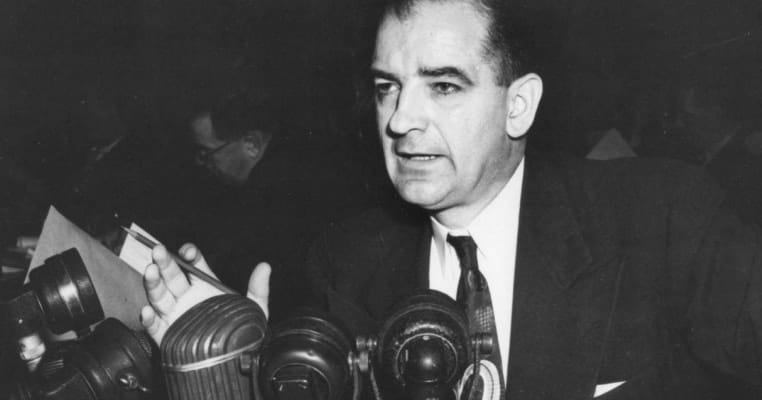Engulfing nearly every single presidency in United States history, political scandals are a ubiquitous part of life for American politicians. Whether through greed, stupidity, or ignorance, corrupted by power or in righteous pursuit of a supposed good, those entrusted with the reigns of government often misuse them for immoral and unethical means. Whilst popular understanding of the most enduring and high-profile scandal – Watergate – remains adequate, due in no small part to the irritating attachment of the gate suffix to subsequent scandals, other equally important and educational moments have been lost to history.

Here are 20 political scandals that rocked the United States you should know about:

20. The only major political threat to Washington’s command during the Revolutionary War, the Conway Cabal sought to replace the future president with another after a series of disastrous performances in battle
Following a series of military defeats, including the fall of Philadelphia, the seat of the Continental Congress, in September 1777, serious questions began to be raised regarding Washington’s leadership of the Continental Army during the Revolutionary War. Contrasted to Horatio Gates, who had claimed victory at the Battle of Saratoga, several leading congressmen grew increasingly concerned that Washington, despite his failures, was becoming a cult idol, fearing the prospect of a potential military dictatorship. Starting in October 1777, Brigadier General Thomas Conway, lobbying for a promotion, began including criticisms of Washington in his letters to Congress and other military figures.
Made aware of the gradually forming cabal against his command, Washington was forced to tread carefully to avoid disaster. Less politically connected than Gates, Washington sought to excise the threat by making Conway aware of his intercepted communications. Launching into action, the cabal sought to transform the proposed Board of War from a supply office into a supervisory body surpassing the authority of Washington. Although succeeding, Washington’s allies retaliated by making public Gates and Conway’s improper conduct and writings, challenging both to duels. Although Gates apologized, Conway elected to fight. Losing his duel against General John Cadwallader, receiving a shot through the mouth, Conway resigned his commission in disgrace.

